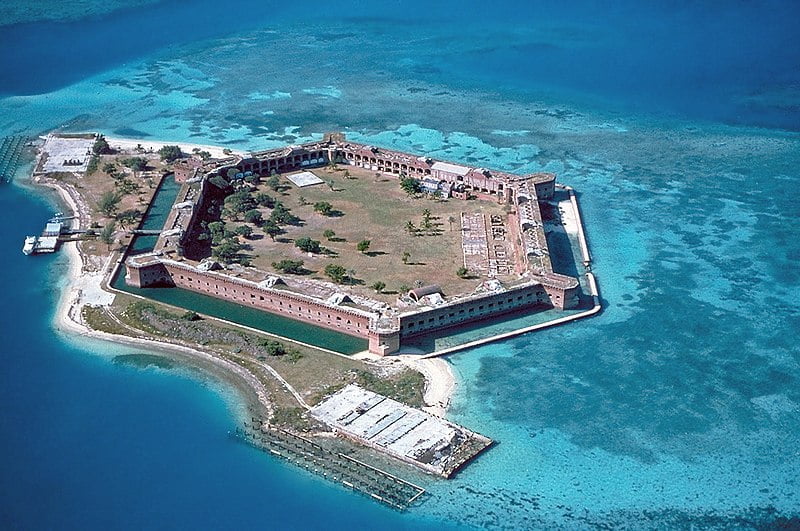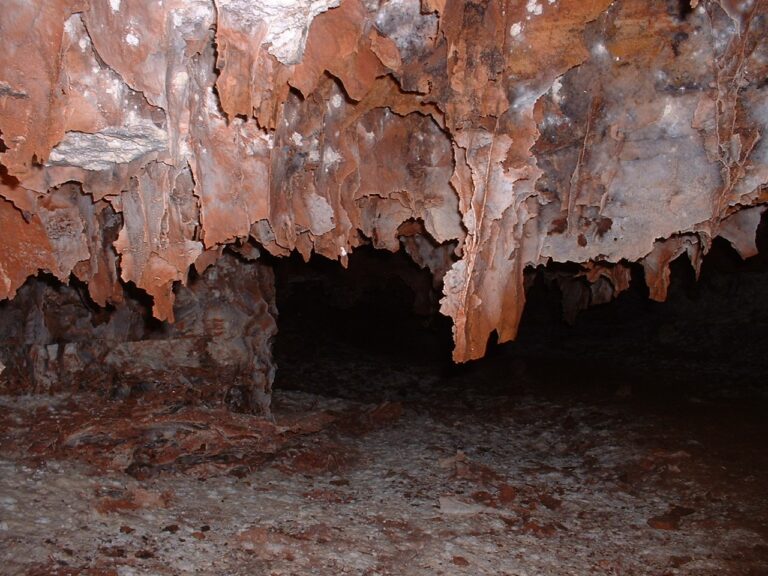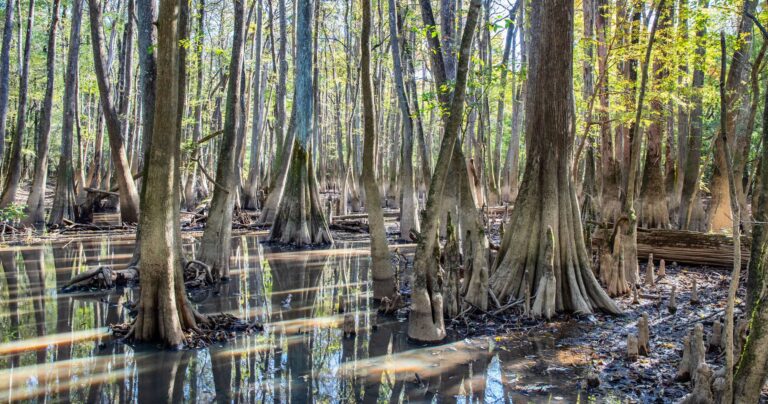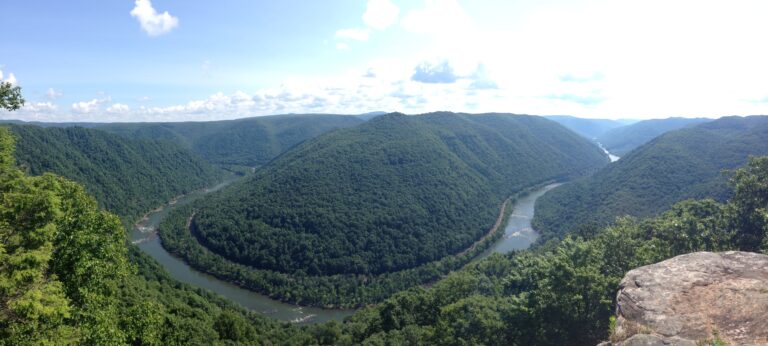Dry Tortugas National Park
Dry Tortugas National Park, spanning over 64,000 acres, is a captivating oasis located about 68 miles west of Key West, Florida, nestled within the crystal-clear waters of the Gulf of Mexico. This unique national park boasts a rich history, stunning coral reefs, diverse marine life, and captivating legends of sunken ships and buried treasures. In this guide, we will delve into the park’s attractions, activities, regulations, and essential visitor information to help you plan an unforgettable trip.
Introduction
Dry Tortugas National Park, established in 1935, offers a unique blend of natural beauty and historical significance. With an annual visitor count of 84,000, it provides a remote and pristine environment for those seeking adventure and tranquility.
Firearms Information in Dry Tortugas National Park
If you’re wondering about firearm ordinances, as of February 22, 2010, federal legislation allows individuals who possess firearms under applicable federal, state, and local regulations to bring them to the park. However, it’s essential to familiarize yourself with and adhere to all firearm ordinances before visiting.
Fishing Regulations and Opportunities
While fishing is prohibited within the Research Natural Area, anglers can cast their lines in other parts of the park. If you’re interested in fishing, ensure you have a valid saltwater fishing license, except if you’re under 16 or over 65 years old and a Florida resident. Spearfishing and lobstering are not allowed, and equipment for these activities must be disassembled before entering park waters.
Discovering the Islands and Reefs
Dry Tortugas National Park comprises seven islands surrounded by stunning coral reefs. Gardens Key boasts beautiful beaches and the historic Fort Jefferson, an impressive coastal stronghold constructed in the 1800s. Loggerhead Key features a lighthouse and sea turtle habitats, while Bush Key serves as a nesting ground for seabirds.
Exploring Fort Jefferson
Fort Jefferson, the centerpiece of the park, is a colossal unfinished fortress made from more than 16 million bricks. It’s the largest brick edifice in the Western Hemisphere and ranks as the third-largest US fort. The fort’s historical significance and unique architecture make it a must-see attraction.
Marine Life and Bird Nesting Sites
The park is renowned for its vibrant coral reefs and diverse marine life. It’s a paradise for snorkelers and divers, offering an up-close look at colorful fish, coral formations, and even the Windjammer Wreck—a sunken ship from 1875 near Loggerhead Reef. Additionally, the park hosts important bird nesting sites, including the nesting ground for sooty terns on Bush Key.
Best Time to Visit
To experience Dry Tortugas National Park at its best, plan your trip between December and February or from April to May. These months offer comfortable weather and optimal conditions for outdoor activities.
Visitor Fees
Entry to the park requires a fee of $15.00 per person for up to 7 days. This fee grants you access to the park’s natural wonders, historical sites, and recreational opportunities.
Visitor Centers and Hours of Operation
Two visitor centers serve as valuable resources for park information. The Eco-Discovery Center, located at 35 Quay Rd in Key West, operates Tuesday to Saturday from 9:00 AM to 4:00 PM. The Garden Key Visitor Center, situated at Fort Jefferson, is open daily from 8:30 AM to 4:30 PM.
America The Beautiful Annual Park Pass
If you plan to explore multiple US national parks, consider the America The Beautiful Annual Park Pass. For $80, this pass provides entry for you and your companions to all national parks, including Dry Tortugas. Various discounts are available for seniors, military personnel, and others.
Conclusion
Dry Tortugas National Park is a captivating blend of history, natural beauty, and marine wonder. From its impressive fortress to its vibrant coral reefs, the park offers a unique and enriching experience for every visitor. Plan your trip, adhere to regulations, and embark on a journey that will leave you with lasting memories.
FAQs;
Q1. Can I fish in Dry Tortugas National Park?
Fishing is allowed outside the Research Natural Area, but certain regulations apply. Check the Florida Sea Grant website for more information.
Q2. How can I reach Dry Tortugas National Park?
The park is accessible only by seaplane or boat. There are various tour operators that offer transportation to the park.
Q3. Is there a fee for visiting the park?
Yes, there is an entry fee of $15.00 per person for up to 7 days. This fee helps support the maintenance of the park’s facilities and conservation efforts.
Q4. What is the best time to visit the park?
The best times to visit are between December and February or from April to May when the weather is pleasant and outdoor activities are enjoyable.
Q5. Can I bring firearms to the park?
Yes, federal legislation permits firearms in the park under certain regulations. Ensure you are familiar with and comply with all applicable federal, state, and local firearms regulations before visiting.








